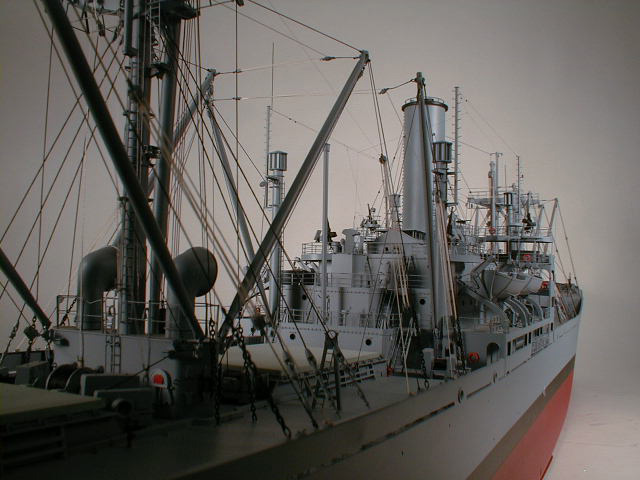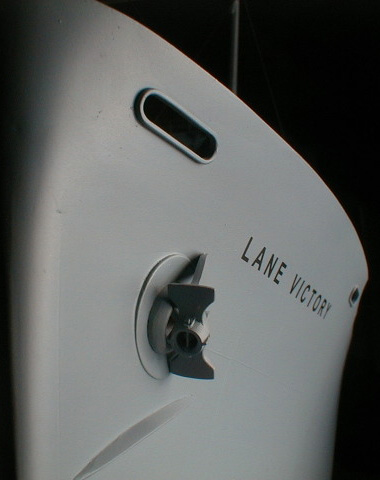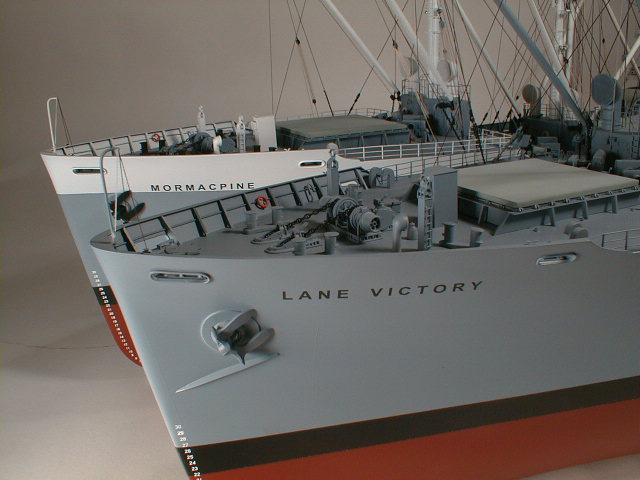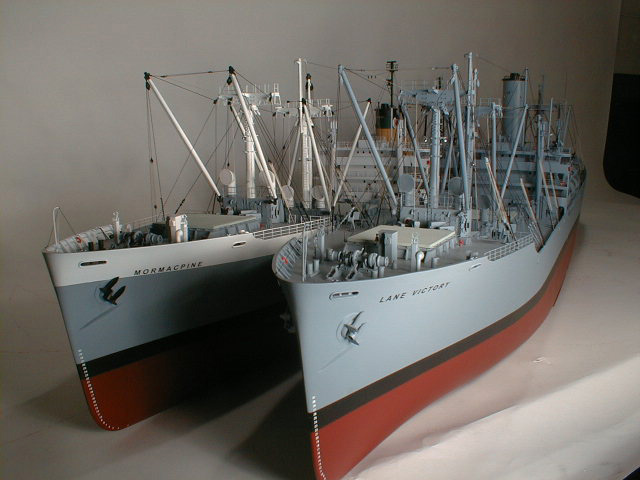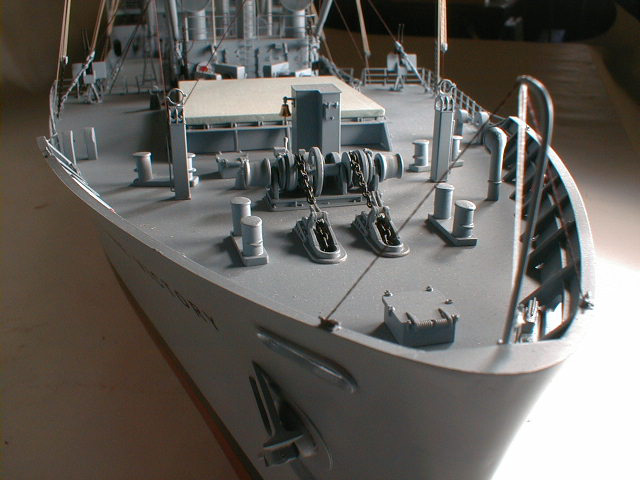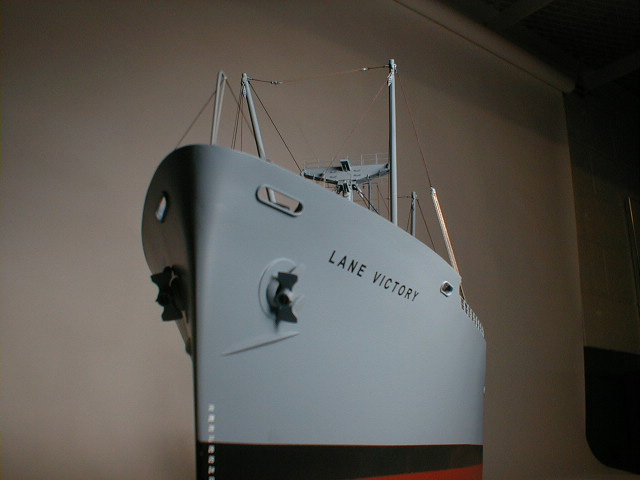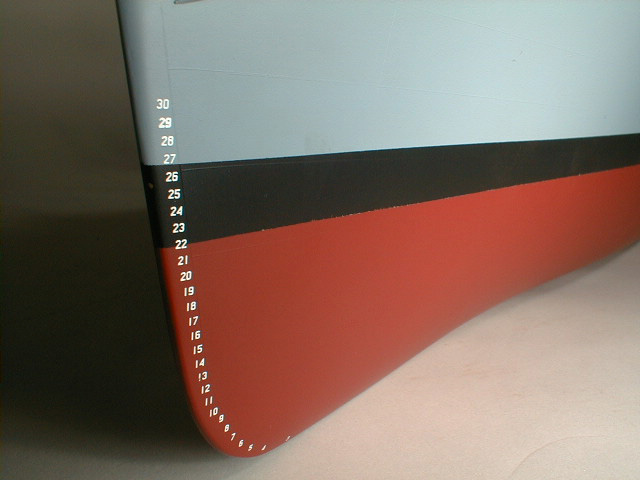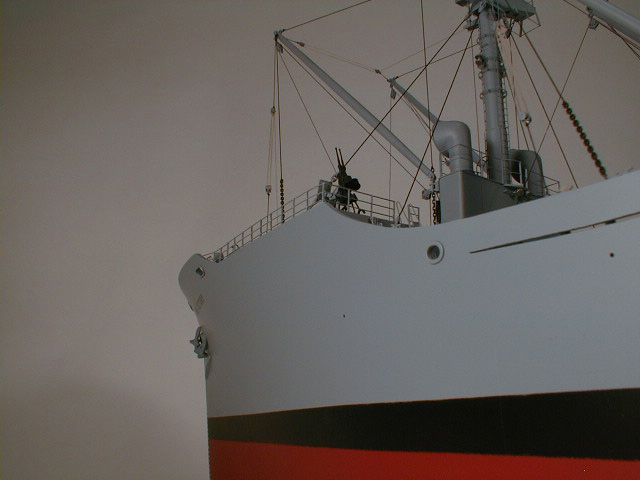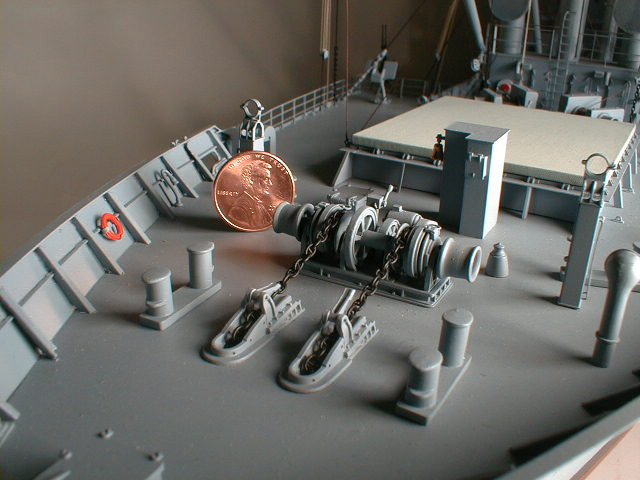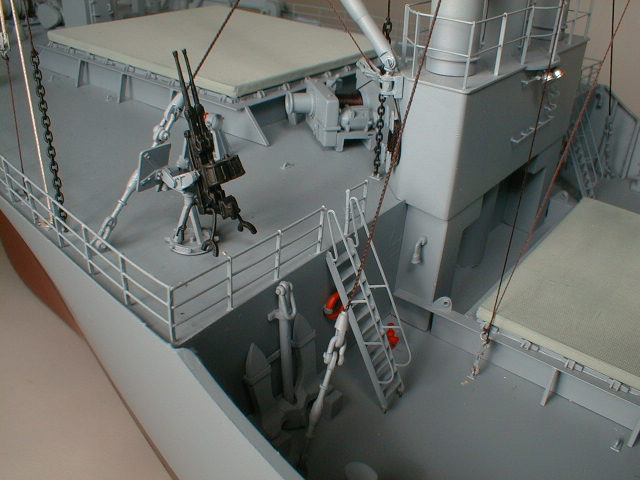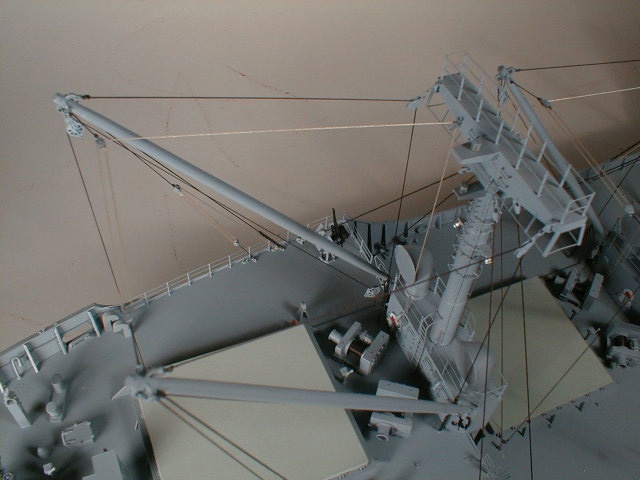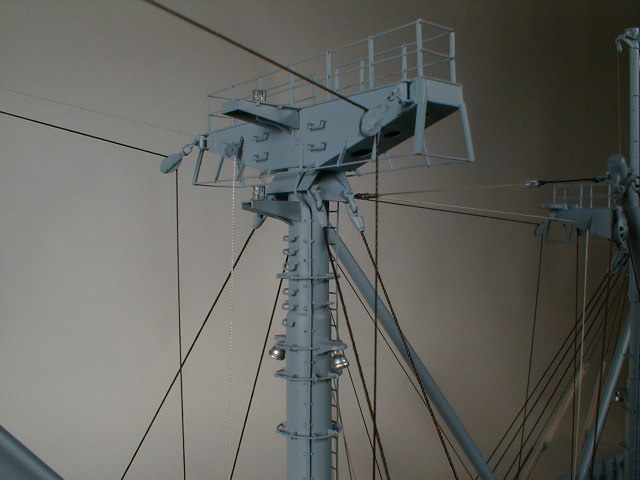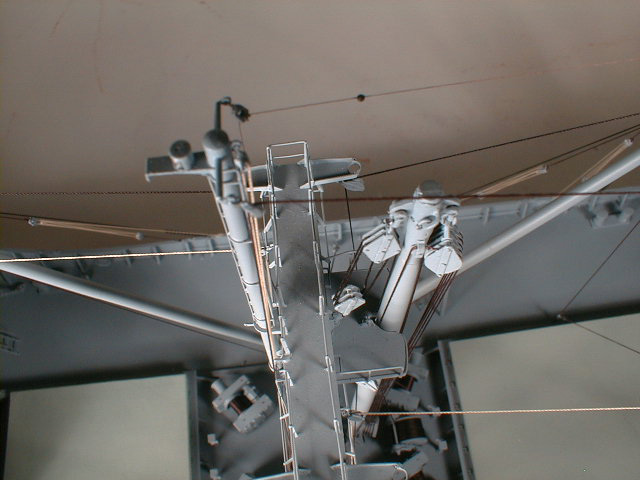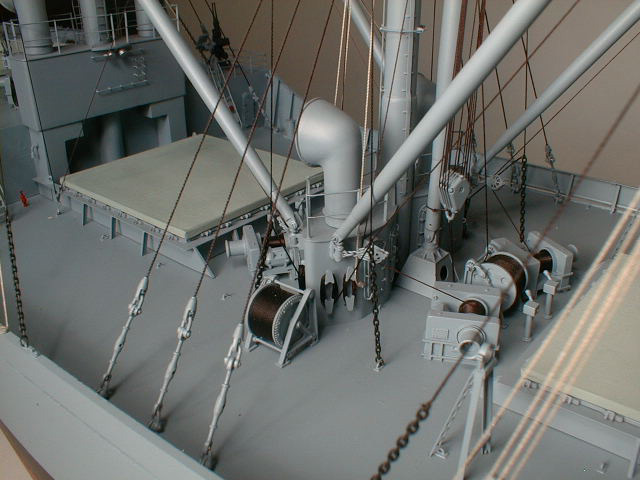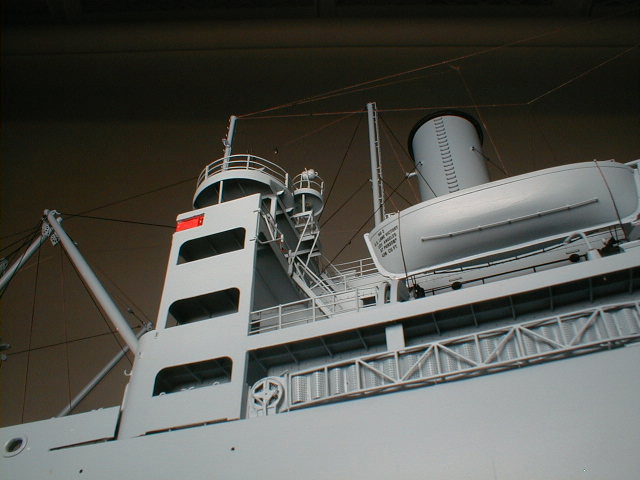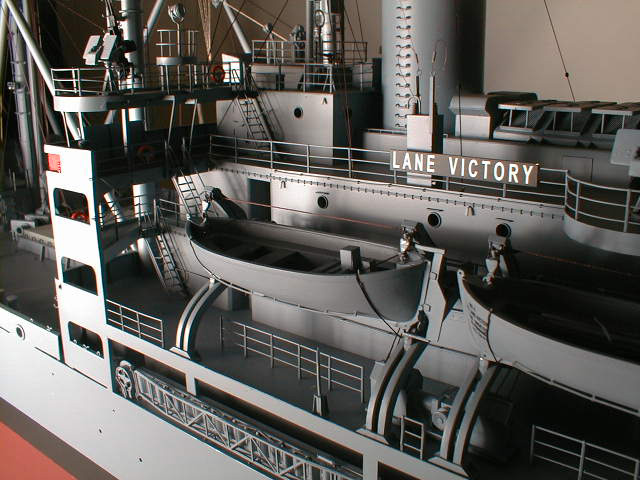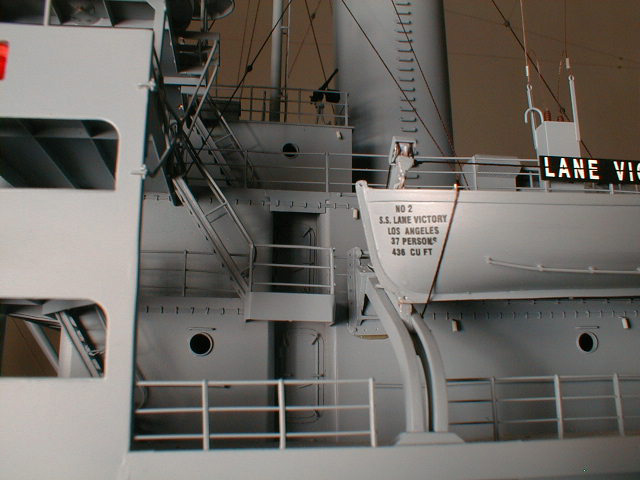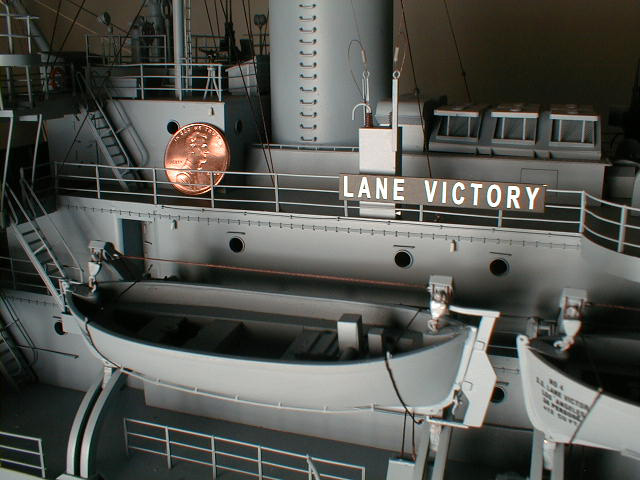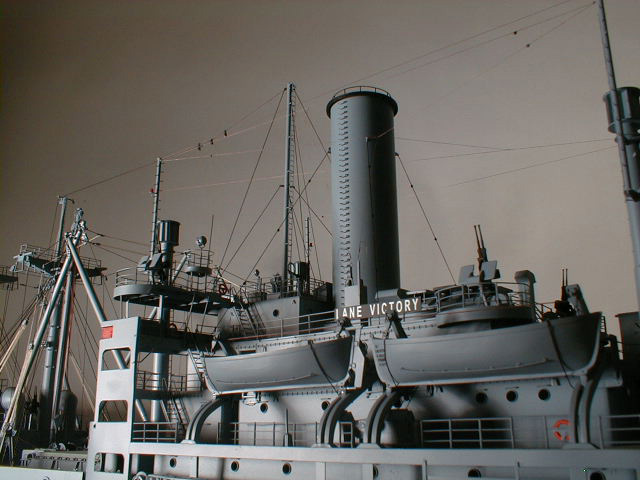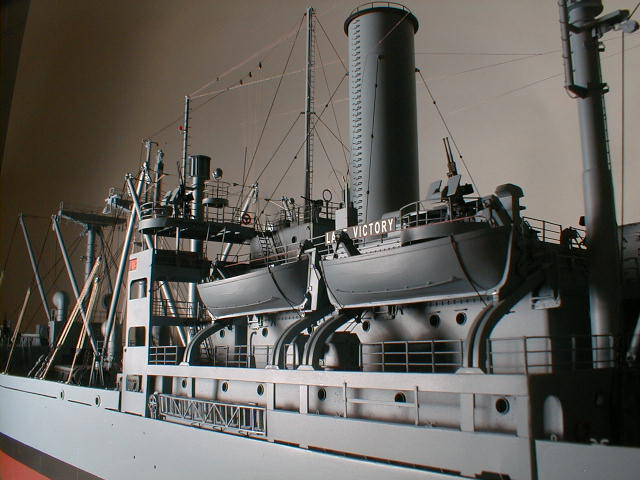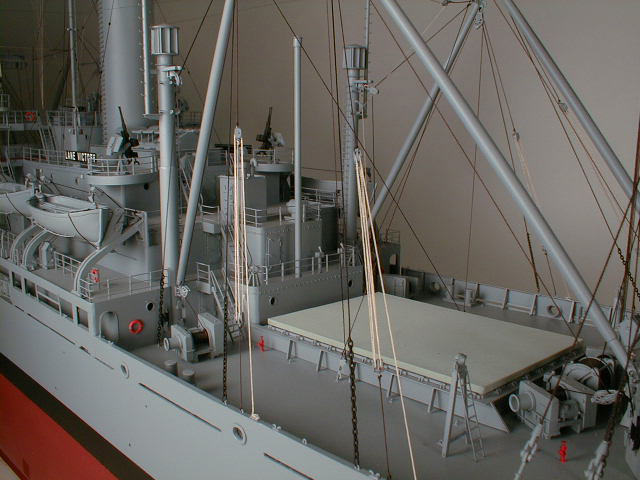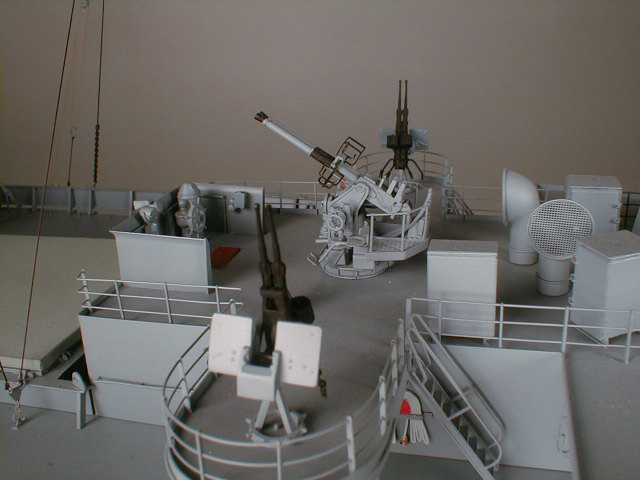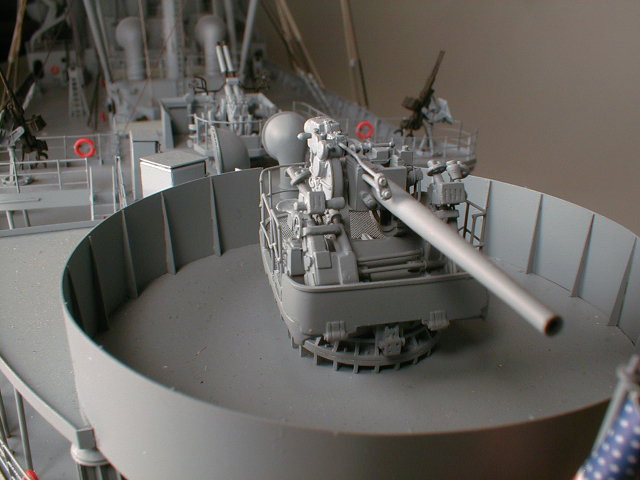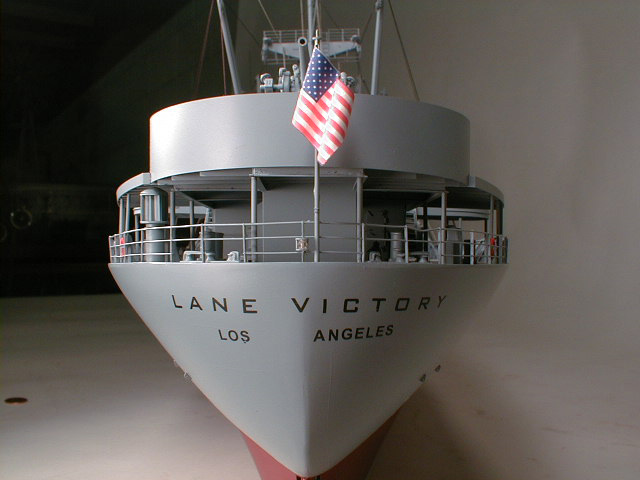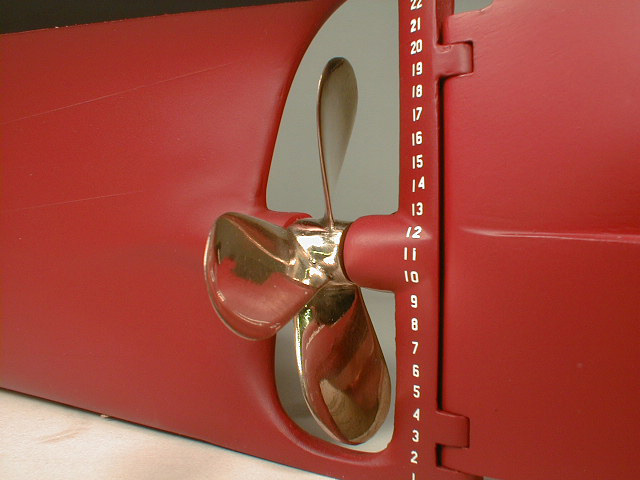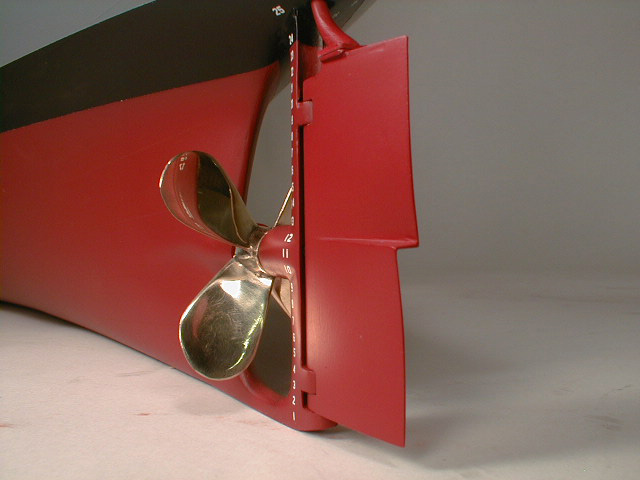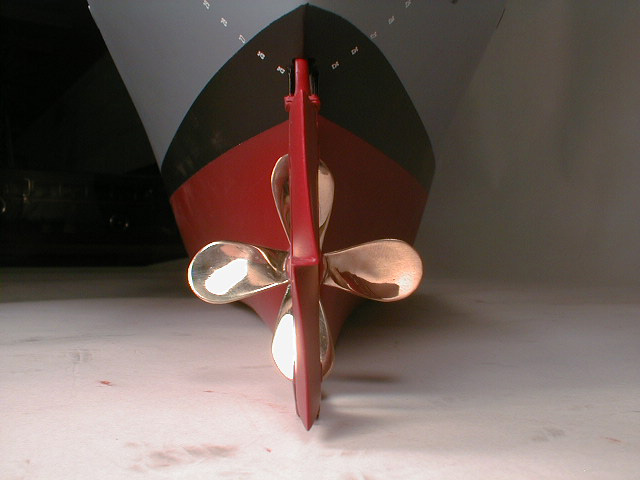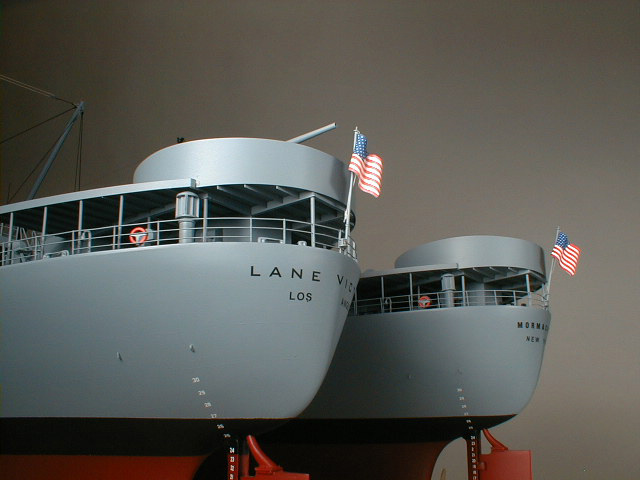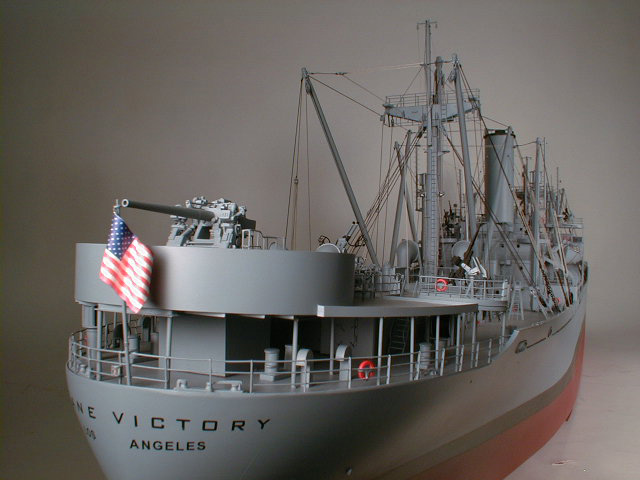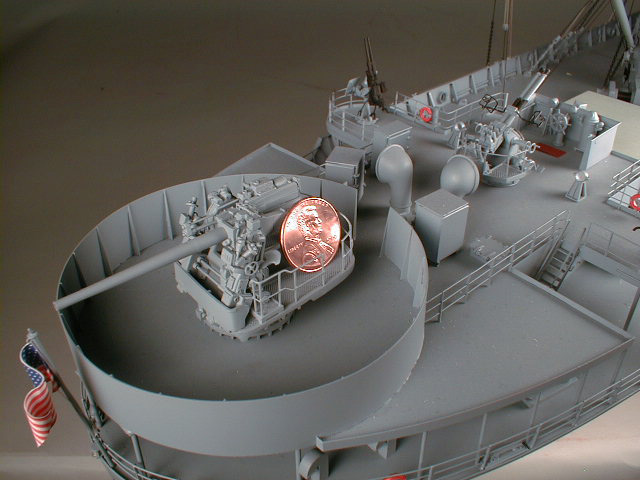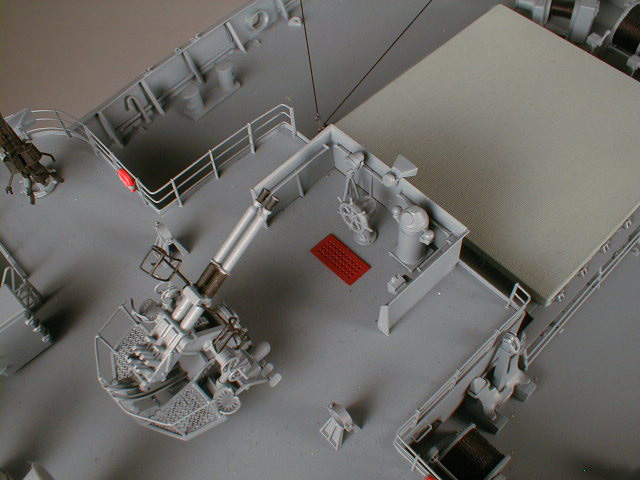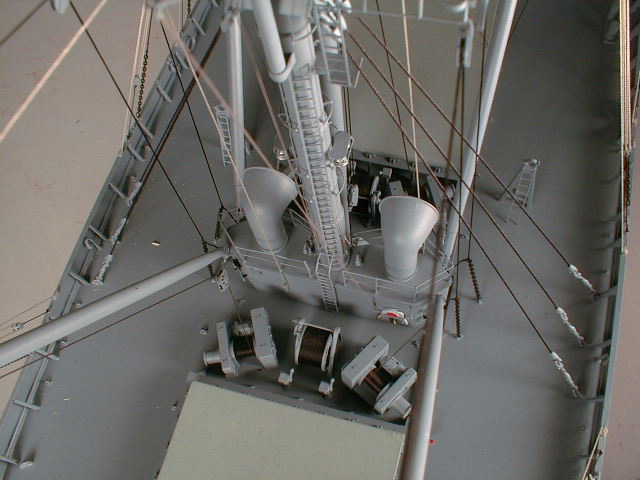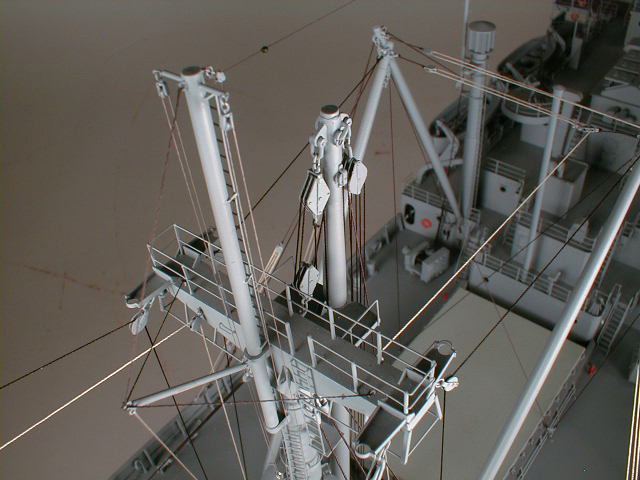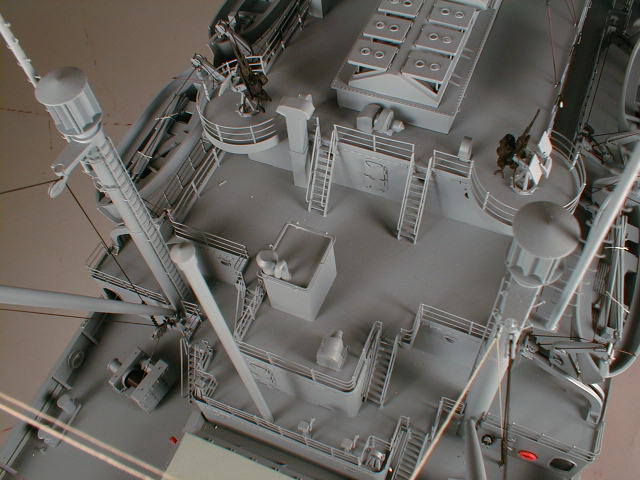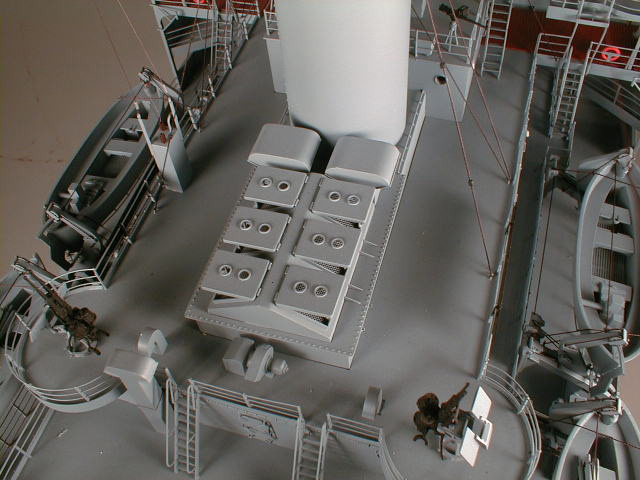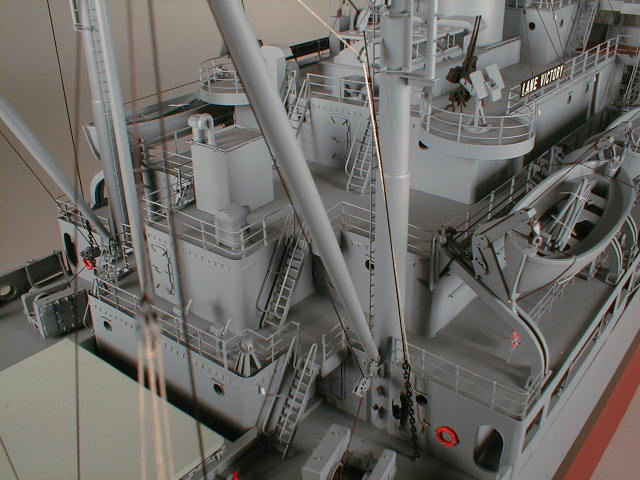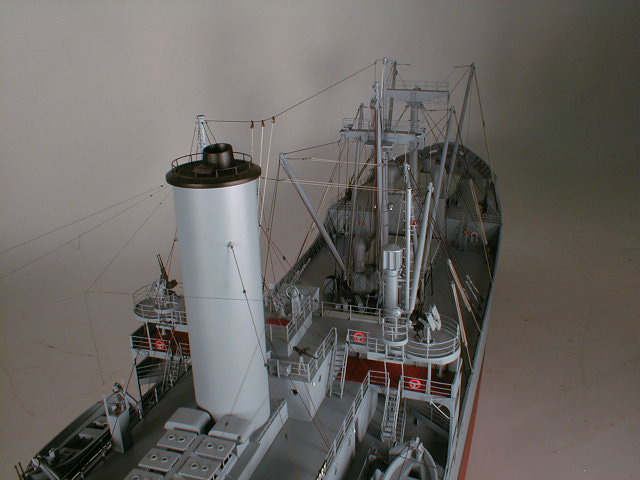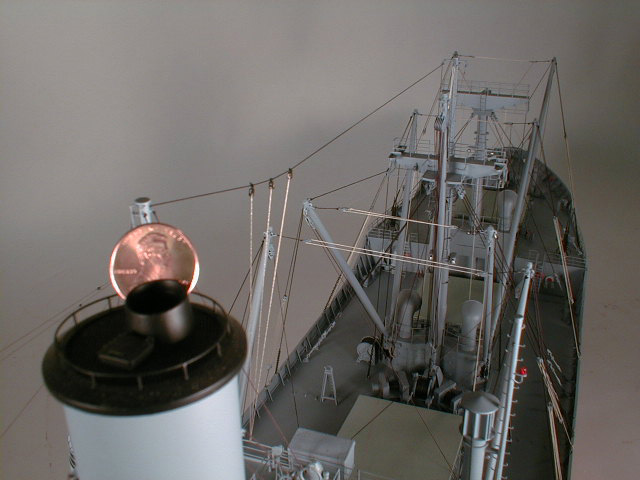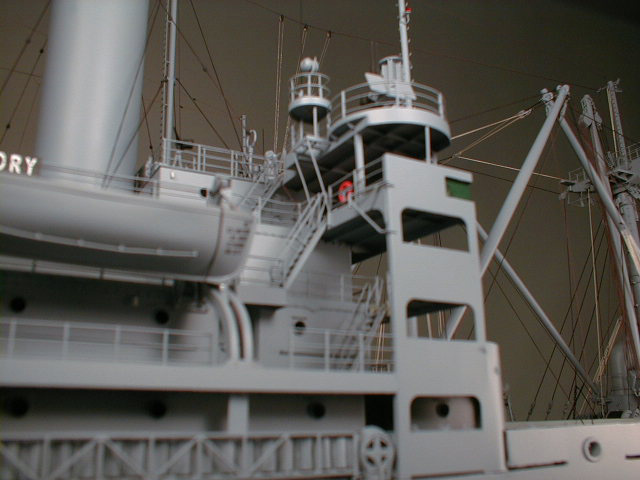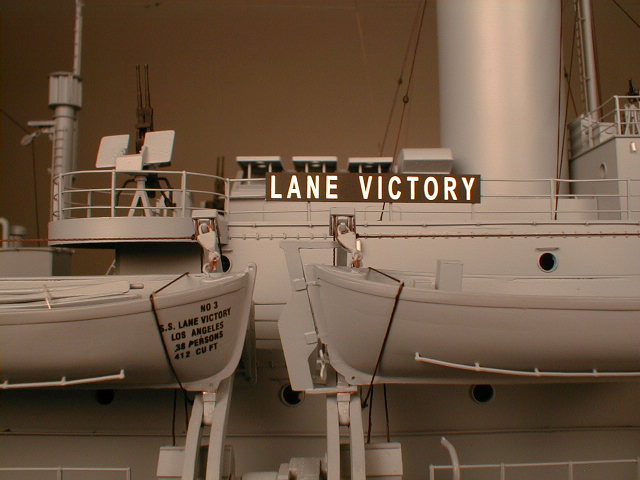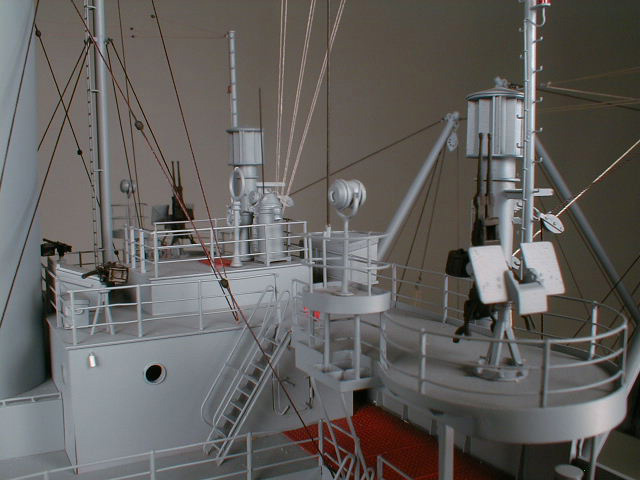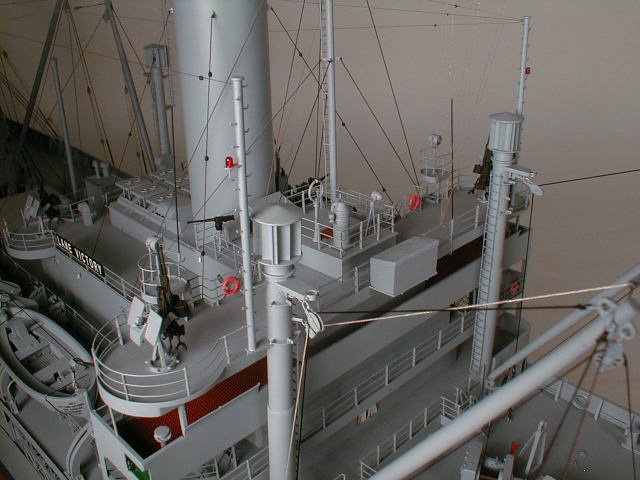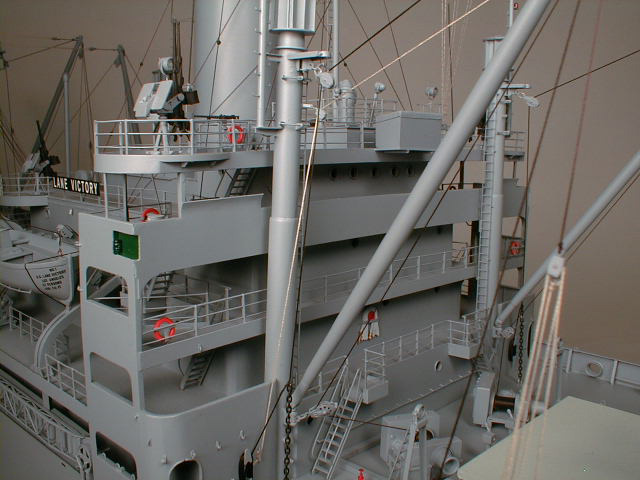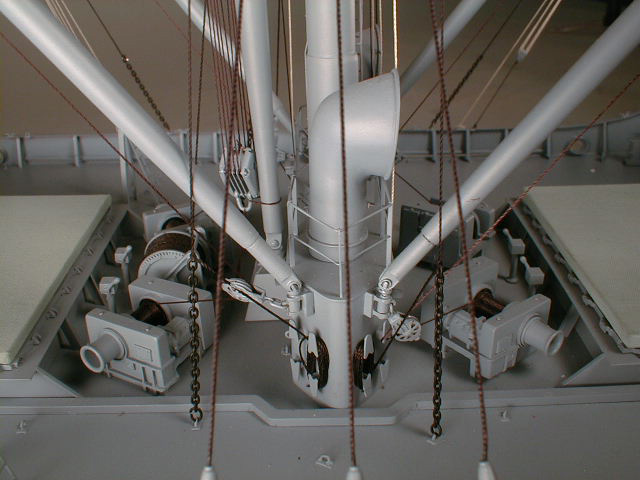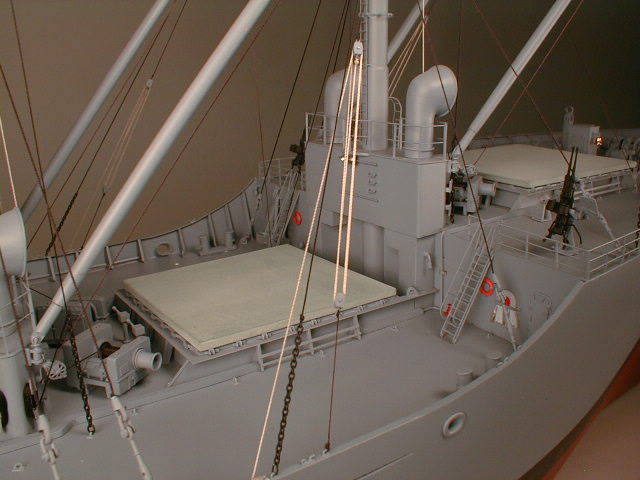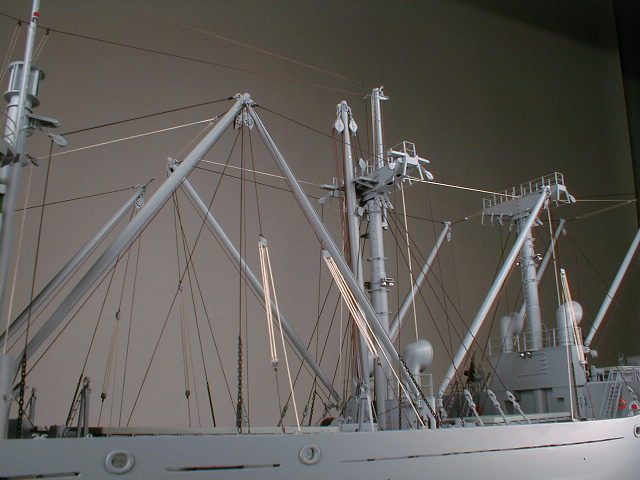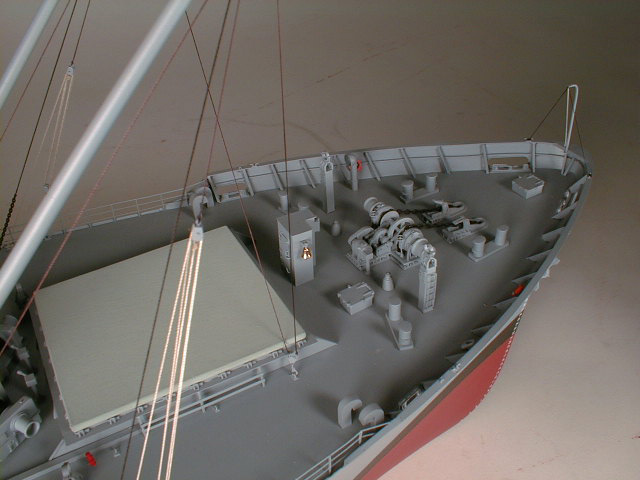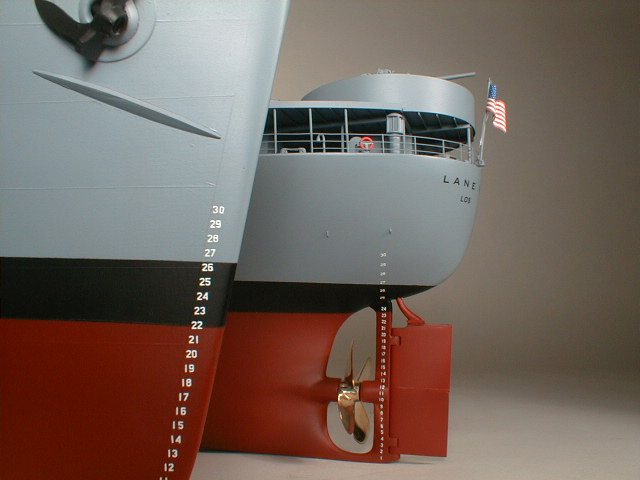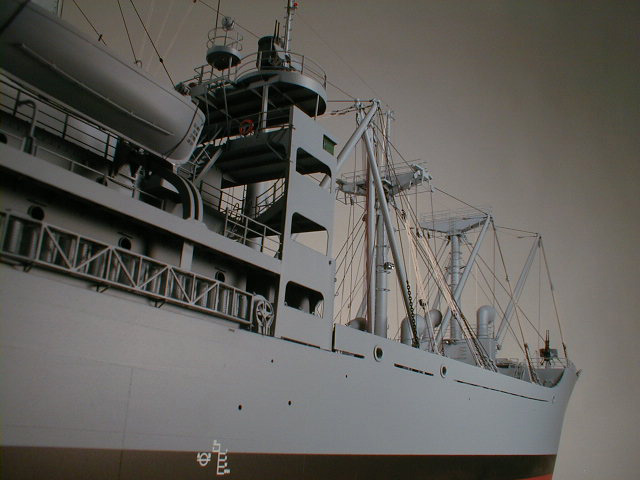Victory
SS Lane Victory Ship
- Scale: 1:96
- Release: 2000
- Limited Edition: 50
- Model Size: 55”L x 10”W x 15”H
- Base Type: Black Walnut
- Base/Case Size: 61.5”L x 13.5”Wx 16”H
- Availability: Sold Out
Victory Ship
President Franklin D. Roosevelt called it the most difficult and dangerous job ever undertaken and the fourth arm of defense. History’s greatest sealift was the one achieved by the US Merchant Marine in support of the global war effort during World War II. Of the ships that were mass-produced for this effort, the most highly developed were the victory ships.
In 1937, already fearing that a second World War was imminent and that winning it would require a vastly-enlarged merchant fleet, President Roosevelt appointed Joseph P. Kennedy (father of President John F. Kennedy) as chairman of a new Federal Maritime Commission. A year later, the US Maritime Service (USMS) was established for the mass-production of liberty ships and the mass training of men needed to operate them.
Roosevelt’s foresight paid off. In 1941 and 1942 alone, the Allies lost nearly 3,000 merchant ships to enemy action, yet could not produce as many as 900 replacements. But by the end of the war, 2,751 liberty ships, the ugly ducklings of World War II, and 414 of their strikingly pretty successors, the victory ships had been launched, typically in less than 40 days after their keels had been laid (one liberty ship took only 112 hours). Up to 700,000 newly-trained workers built them in 18 Maritime Commission shipyards and some 250,000 merchant mariners, most of whom were also newly-trained, took them to sea.
The victory ships (class VC2) were a particular success. Their design incorporated lessons learned from the liberty ships so they were free of the worst structural weaknesses of their predecessors. Yet they could be fabricated even faster. Also, where the 411-foot liberty ships had a reciprocating steam engine which developed only 2,500 horsepower, limiting their speed to only 11 knots, the 455-foot victory ships were fitted with 6,000 or 8,500 horsepower steam turbine engines and could steam at 17 knots, fast enough to elude a submerged U-boat.
SS United Victory, the first victory ship, was launched on February 28 1944. There followed 34 sisters named for Allied nations, 218 named for American cities and 150 named for educational institutions, with the last of a total of 534 victory ships receiving miscellaneous names. Standard armament included one 5-inch gun aft and eight 20 mm guns. They carried troops, ammunition, food, clothing, tanks, fuel and raw materials in all theaters of the war.
Some victory ships served as late as the war in Vietnam. Others served in the fleets of commercial shipping lines. Three survive today on public display: SS Lane Victory (named for Lane College in Tennessee) in San Pedro, California, SS Red Oak Victory (named for Red Oak, Iowa, which suffered the greatest casualty rate of any town during World War II) in Richmond, California, and SS American Victory in Tampa, Florida.
About the Model…
In paying tribute to the US Merchant Marine, President Roosevelt remarked, “As time goes on, there will be greater public understanding of our merchant’s fleet record during this war.” It is this spirit in which Fine Art Models has produced this limited edition, Victory ship model in a scale of 1:96 with exacting detail, including functional boom rigging with operational brass blocks. Clean best describes the appearance of this ship, as it makes an elegant addition to any space.
Each Victory Ship is built by a team of eight (8) of the most skilled craftsmen in the world, with more than 500 man-hours just to assemble. Computers were used to generate exact scale drawings from the original plans. All of the materials used to construct the ship meet and/or exceed museum quality standards including a space age, high definition hull and deck and a completely fabricated brass superstructure. In addition, all of the paint used is custom-made and impervious to ultra-violet light. As with all Fine Art Models, the Victory Ship scale model comes complete with a Black Walnut base and leaded glass display case.
